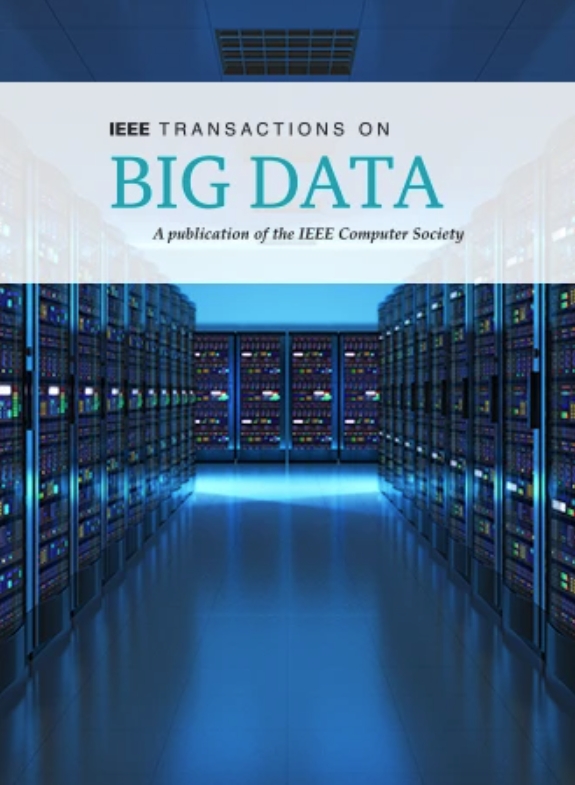用于欺诈检测的门控边缘增强图神经网络
IF 5.7
3区 计算机科学
Q1 COMPUTER SCIENCE, INFORMATION SYSTEMS
引用次数: 0
摘要
图神经网络(gnn)在欺诈检测任务中发挥着重要作用,并已被广泛应用,与传统方法相比,在检测性能方面有了实质性的改进。然而,在错综复杂的欺诈图结构中,欺诈者往往隐藏在大量良性实体之中。利用复杂而丰富的边缘信息是解决伪装问题的有效方法。然而,现有的基于gnn的方法经常忽略将这一关键信息集成到消息传递过程中,从而限制了它们的有效性。为了解决上述问题,本研究提出了一种新的门控边缘增强图神经网络(GE-GNN)。我们的方法从基于边缘的特征增强机制开始,该机制在单个关系中利用节点和边缘特征。随后,我们将增强表示应用到消息传递过程中,以更新节点嵌入。此外,我们还设计了一个门逻辑来调节增广信息的表达。最后,对不同关系的节点特征进行整合,得到一个综合的表示。在两个真实数据集上的广泛实验结果表明,所提出的方法优于几种最先进的方法。本文章由计算机程序翻译,如有差异,请以英文原文为准。
GE-GNN: Gated Edge-Augmented Graph Neural Network for Fraud Detection
Graph Neural Networks (GNNs) play a significant role and have been widely applied in fraud detection tasks, exhibiting substantial improvements in detection performance compared to conventional methodologies. However, within the intricate structure of fraud graphs, fraudsters usually camouflage themselves among a large number of benign entities. An effective solution to address the camouflage problem involves the incorporation of complex and abundant edge information. Nevertheless, existing GNN-based methods frequently neglect to integrate this crucial information into the message passing process, thereby limiting their efficacy. To address the above issues, this study proposes a novel Gated Edge-augmented Graph Neural Network(GE-GNN). Our approach begins with an edge-based feature augmentation mechanism that leverages both node and edge features within a single relation. Subsequently, we apply the augmented representation to the message passing process to update the node embeddings. Furthermore, we design a gate logistic to regulate the expression of augmented information. Finally, we integrate node features across different relations to obtain a comprehensive representation. Extensive experimental results on two real-world datasets demonstrate that the proposed method outperforms several state-of-the-art methods.
求助全文
通过发布文献求助,成功后即可免费获取论文全文。
去求助
来源期刊

IEEE Transactions on Big Data
Multiple-
CiteScore
11.80
自引率
2.80%
发文量
114
期刊介绍:
The IEEE Transactions on Big Data publishes peer-reviewed articles focusing on big data. These articles present innovative research ideas and application results across disciplines, including novel theories, algorithms, and applications. Research areas cover a wide range, such as big data analytics, visualization, curation, management, semantics, infrastructure, standards, performance analysis, intelligence extraction, scientific discovery, security, privacy, and legal issues specific to big data. The journal also prioritizes applications of big data in fields generating massive datasets.
 求助内容:
求助内容: 应助结果提醒方式:
应助结果提醒方式:


